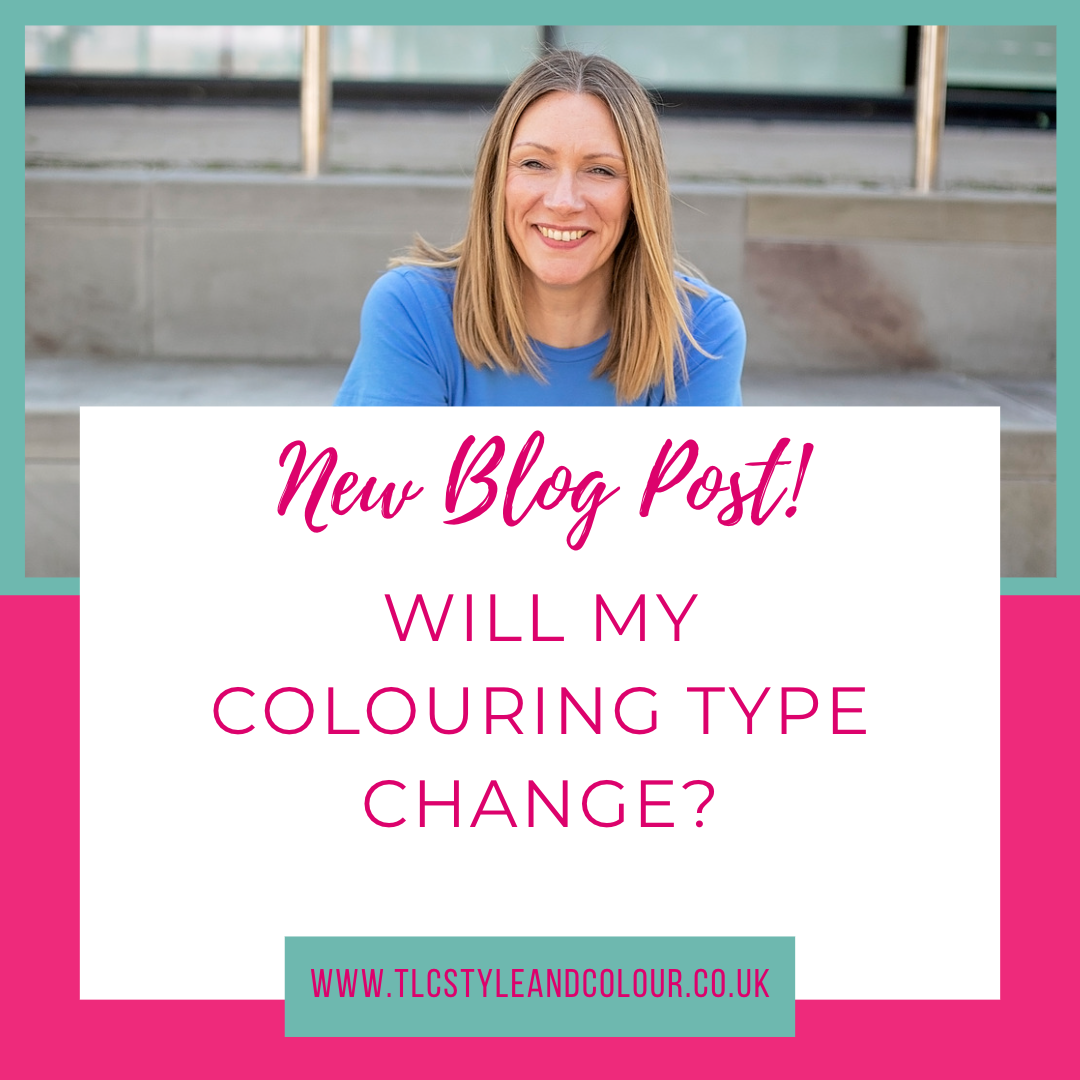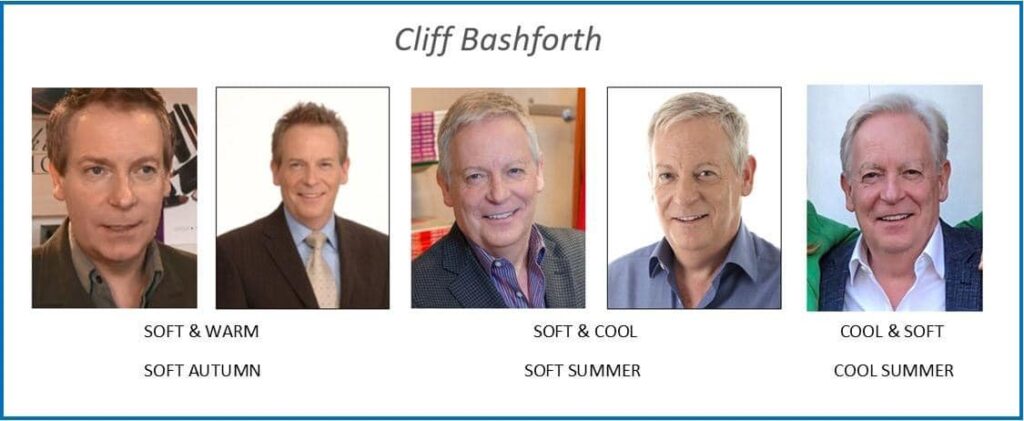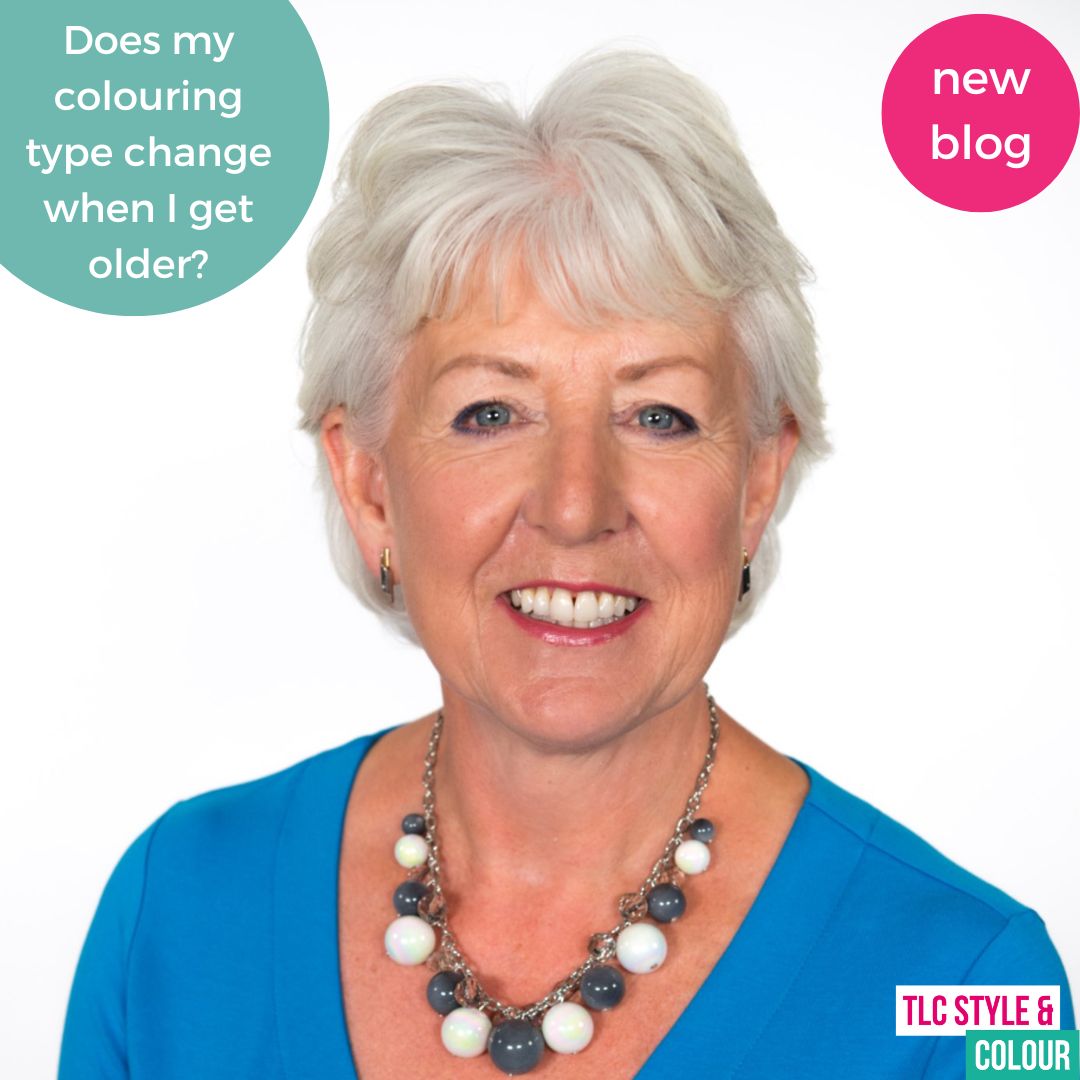I’m often asked if you can change palettes over the years, or whether you’ll stay the same colouring type from your initial analysis.
The short answer – it depends on various factors.
So, here’s the long answer and the circumstances which can affect your palette and therefore, your colouring type.
Hair colour changes
If you invested in a colour analysis many years ago, the first thing to consider is whether the same colours still flatter your physical features or if they look a bit ‘off’.
In my experience, it’s likely to be a change in your physical appearance. I see so many ladies who might have been analysed when they had dark brown hair initially and years later, have lightened their hair or gone au natural.
The impact of such a dramatic change in hair colour (and therefore physical appearance) will mean the harmony between your features and the colours you wear will change. Stronger, richer or bolder colours may be too overwhelming for your more delicate or softer appearance.
Let’s say you were mousey or fair haired and now have a more striking red and auburn tones to your hair. The muted colours of previous may well not have enough ‘bite’ or drama for you. (And, I’m guessing you probably stopped using your swatches some time ago!)
Having worked with some cancer patients over the years, a result can often be hair loss. Many have found that their hair grows back very differently! This may result in a dramatic change to your appearance and therefore an impact on the colours that once loved you, might not love you the same now.
A side note on makeup. Choose the wrong shade of lipstick or even blusher and nothing you wear will look quite right! Don’t forget to review your makeup colours when you review the colours that you wear. If you do want a makeup refresh, get in touch to arrange your appointment.
You were analysed as a ‘season’
This comes up fairly frequently. Many people first had their colours analysed decades ago when colour analysis first appeared in the UK from the US.
Having been previously analysed as a season, they’ve come for an update as they felt their colours weren’t working for them anymore. Initially I was analysed as a ‘summer’ and had 33 coloured swatches in my wallet. The majority suited me well but there were a handful of them which I felt rather washed out in. I didn’t regret the analysis at all, just felt that it wasn’t quite as refined as it could be for me. At the time, seasonal analysis was the only method available. Over the years, things have advanced and changed and other methods of colour analysis exist.
Tonal analysis
The four seasonal approach (spring, summer, autumn, winter) can be restrictive if you don’t fit neatly into the one season (like me as a ‘summer’). The tonal system, (used in my colour analysis consultations) is much more flexible and more refined to you.
Based upon the Albert Munsell Colour Theory and the combination of your current hair colour, eye colour and skin-tone. It assesses the shades of colours most suited to you using the value, clarity and hue of your features and colours to determine the shades which will flatter you the most. It’s a 24-palette system designed to be more reflective of you and your features.
Colouring change examples
I don’t have photographic evidence of every client transformation but I do have lots of examples! Some clients aren’t comfortable or happy having their photo taken and shared with the world which I totally respect.
Here’s a few examples I do have to share.
Carol was a ‘spring’ and got in touch as her hair colour had changed. When wearing her ‘best’ colours, she found that they just weren’t flattering for her now.
After a re-assessment, she was a wonderful ‘cool’ and she set about tackling her wardrobe creating new combinations.
She even found things in her wardrobe which she’d not worn as a spring’ but now found they flattered her perfectly.
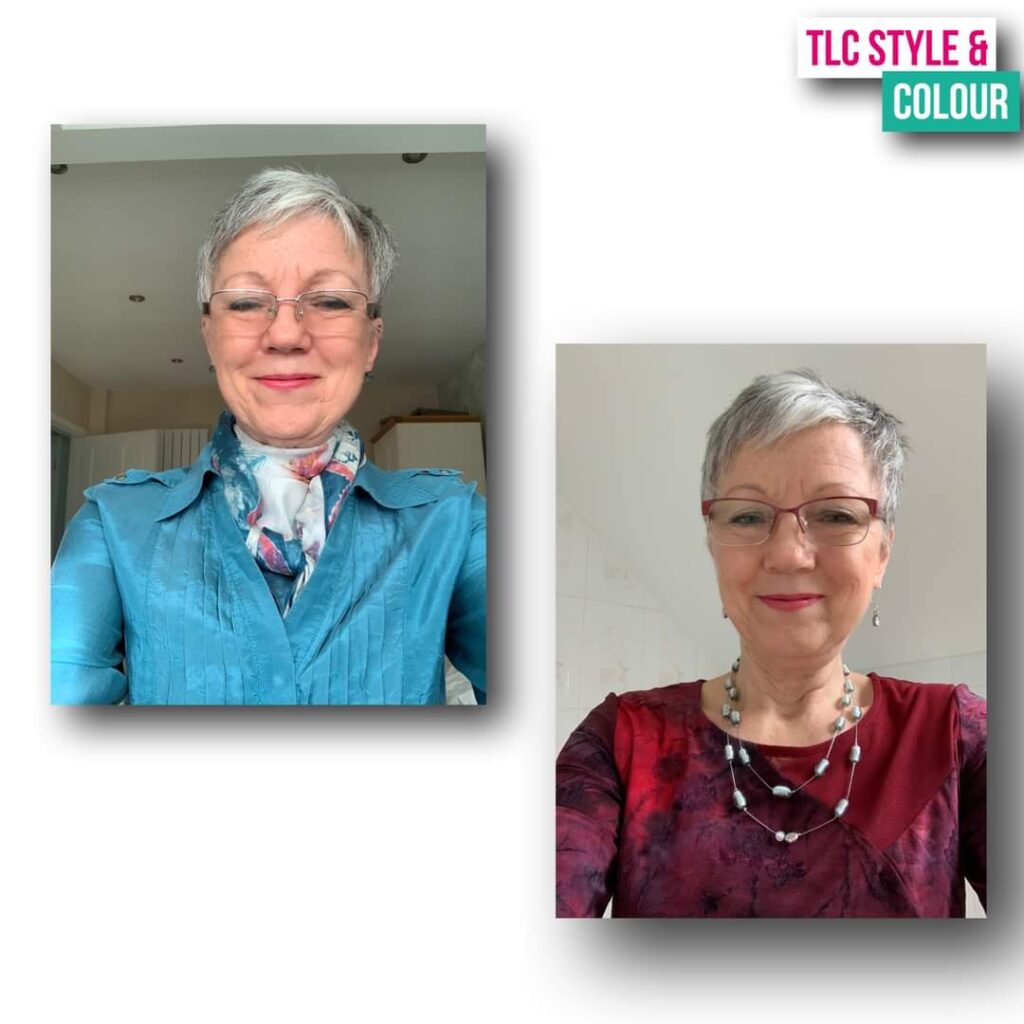
You may recognise this chap!
Cliff Bashforth is the MD of Colour me Beautiful and has moved from a Soft & Warm palette and now to a Cool & Soft one. His transition has been subtle and occurred over ..ahem..many years. It’s something I see frequently with clients as they age naturally.
I’ve written about Debbie in the past. She’d previously been analysed as a soft, warm and light colouring type and having found certain shades in her palette weren’t working, she came to see me for a colour review.
She’d changed to warm, soft and deep colouring type instead. She’d been blonder and lighter during her previous colour analysis and her hair was more golden which meant a shift in her dominant colouring type (soft to warm) as well as her sub-dominants (warm & light to soft & deep). You can read more and revisit the blog here.
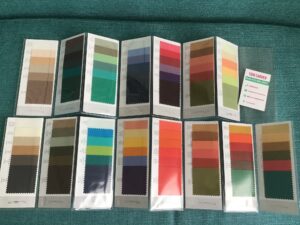
Last but not least, two sisters. Chris and Gill came to see me for a review as part of a birthday celebration! Chris’s colouring type had changed slightly, but Gill’s really hadn’t much. Chris was previously a light, cool & soft and a decade on, had changed slightly. She was now a soft, cool & light which she felt much happier with. Gill on the other hand remained a soft, warm & light. Whilst her features had softened slightly, her colour palette still worked and suited her.
These examples illustrate some of the scenarios when your colouring type or colour palette may well change.
So, if you find that your colours are starting to look a little ‘off’, it may be time for a colour review.
Colour Reviews and Colour Analysis
There are many benefits to a colour analysis consultation, whether you’ve had one in the past or this is your first discovery. I’ve covered six benefits here.
Colour Reviews are aimed at those who have been analysed before and would like re-assessing to determine if their colouring type has changed. A colour review is only available to my previous clients who have been fully analysed by me.
For those who are unfamiliar with the tonal colour analysis system or never had their colours analysed before, there are various colour analysis options available. Simply visit this page for full details.
You’ll gain a greater understanding of the impact of colour, learn your colouring type and how to wear colour.
Replacement wallet covers, fabric and digital swatches are available without an appointment here.

